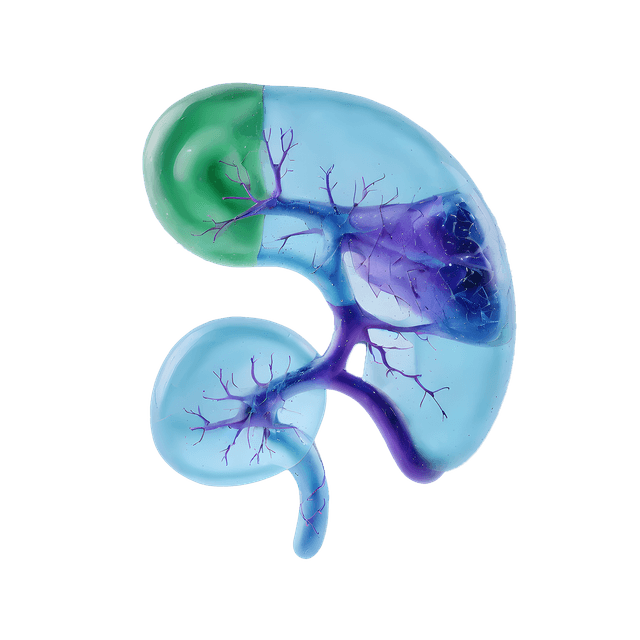Prothrombin complex (INR) or international normalised ratio is a functional test that measures the activity of the extrinsic coagulation system. PK refers to the prothrombin complex, which includes several vitamin K-dependent coagulation factors, primarily factor II (prothrombin), VII and X. These factors are activated sequentially in a cascade-like process that culminates in the formation of fibrin – a protein that stabilizes the blood clot and enables effective hemostasis.
INR (international normalised ratio) is a measure used to standardize the results of prothrombin time (PT) measurements between different laboratories and analysis methods. Since the sensitivity of the reagents can vary between laboratories, the prothrombin time is converted into a unitless ratio (INR) that takes into account the sensitivity of the method (ISI – International Sensitivity Index). The formula makes the INR value directly comparable regardless of the test method. For example, an INR value of 1.2 means that the patient's blood clots 1.2 times slower than the normal reference. In healthy individuals, the INR is usually between 0.9 and 1.2. When treating with warfarin, a therapeutic interval between 2.0–3.0 is usually aimed for, depending on the indication.
Function and biological role
P-PK (INR) reflects the activity of the vitamin K-dependent coagulation factors, especially factors II, VII and X, and to some extent factor V and fibrinogen.
- Coagulation regulation: The factors measured in the PK test are central to initiating and amplifying the coagulation cascade. Reduced synthesis or function of these factors prolongs prothrombin time and increases the INR value.
- Liver synthesis: All factors are affected by the liver's synthetic capacity, which makes INR a sensitive measure of liver failure.
- Vitamin K-dependent function: In case of vitamin K deficiency, malabsorption or inhibition of vitamin K metabolism, the activation of the coagulation factors is inhibited, which leads to an elevated INR.
- Bleeding risk and anticoagulants: INR is used to guide the dosage of warfarin and other vitamin K antagonists, in order to balance the thromboprotective effect against the risk of bleeding.
Diagnostic and use of P-PK
P-PK (INR) is analyzed in several clinical questions where coagulation ability needs to be assessed or monitored.
Elevated P-PK INR
An elevated INR indicates prolonged coagulation time and can occur in:
- Warfarin treatment – therapeutic target usually 2.0–3.0.
- Vitamin K deficiency – for example, during antibiotic treatment, malnutrition or malabsorption.
- Liver disease – impaired synthesis of coagulation factors.
- Coagulopathies – for example, during sepsis or DIC.
Low or normal INR
Low or normal INR values occur in healthy individuals or when anticoagulants are ineffective.
Applications include:
- Dose adjustment in anticoagulant therapy
- Preoperative risk assessment
- Evaluation of liver synthetic function
- Investigation of bleeding tendency
P-PK (INR) and related blood markers
When assessing coagulation disorders, INR is often analyzed together with:
- APTT: (activated partial thromboplastin time): measures the intrinsic coagulation pathway.
- Fibrinogen: determines clot stability.
- Liver status: ALT, AST, bilirubin and albumin provide supplementary information.
- Platelets: important for primary hemostasis and bleeding control.





















